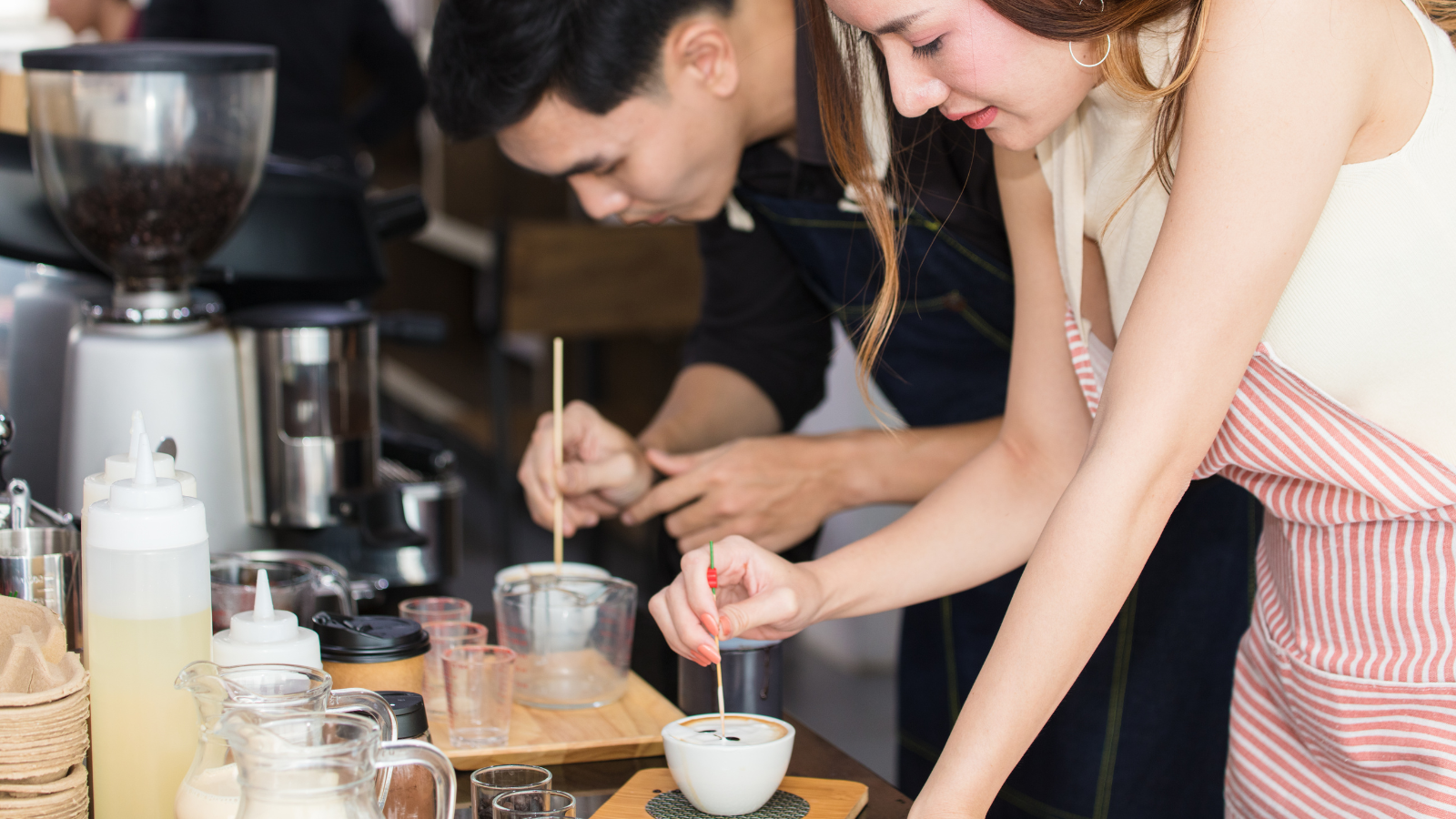
An Abbreviated Guide to Café Lattes in Schools
In schools across the Midwest, one emerging trend that aligns with both modern tastes and nutritional goals is the incorporation of real milk café lattes. More than at any time in history, premium coffee beverages are popular amongst younger demographics, and savvy high school nutrition directors can make the most of these preferences by boosting revenue and supporting nutrition standards.
Why Serve Lattes in Schools?
Simply put, it's an easy way to stay ahead of student preferences. In a world where young adults are increasingly drawn to coffee culture, embracing the popularity of lattes is a strategic move for high schools. With a significant percentage of students enjoying coffee products, adding real milk lattes to the menu can boost profits while satisfying current tastes. This not only enhances the appeal of the school's foodservice program but also positions it as a trendsetter in catering to the evolving palates of the student body.
Boosting dairy intake with real milk lattes is also a great way to promote both local and national school nutrition standards. One of the pressing challenges schools face is ensuring that students meet their daily recommended dairy intake, and lattes provide a delicious solution to this challenge. By incorporating lattes into the menu, schools can offer students a trendy beverage option while helping them gain nutrients like calcium, vitamin D, and protein present in real milk, contributing to the overall well-being of students and even promoting performance in the classroom.
Understanding the Latte, Cappuccino, and Mocha
Let's take a step back and delve into the popular world of espresso-based beverages. To create a well-rounded espresso beverage menu, it's essential to understand the nuances between a latte, cappuccino, and mocha. Mastering these differences ensures that the school's menu is versatile and caters to diverse preferences. A comprehensive selection should include the milkier latte, the balanced cappuccino, and the sweeter mocha.
So what's the real difference? Mocha contains an element of chocolate to go with the coffee and milk. A latte has espresso and steamed milk with a touch of frothed milk. And a cappuccino contains equal parts espresso, steamed milk, and frothed milk.
Enhance Your School's Latte Experience with Heartland Rep's Tips Sheet
Ready to take your school's foodservice program to the next level with real milk lattes? Download Heartland Rep's Coffee in the Classroom Tips Sheet for valuable insights, preparation techniques, and promotional ideas. This resource equips schools with the tools to make every sip count towards a healthier, trendier, and more profitable school experience. Elevate your coffee offerings and leave a lasting impression on students and staff alike.
Subscribe Here!
Topics
- Anets (1)
- Atlas Metal (2)
- Automation (4)
- Bar/Brewery (6)
- Beverage (11)
- Blodgett (5)
- Bluezone (5)
- C-Stores (4)
- Carter-Hoffmann (4)
- Champion (1)
- Colleges & Universities (4)
- Concordia (6)
- cooktek (2)
- Deutsche (1)
- DeVere (6)
- Dishwashing (1)
- Evo (3)
- Firex (2)
- Follett (5)
- Furniture (1)
- Globe (2)
- Grosfillex (2)
- Healthcare (1)
- Heartland Reps (7)
- Hospitality (3)
- Ice (2)
- Icetro America (3)
- Imperial (1)
- induction (1)
- IoT (1)
- K12 Foodservice (17)
- Kloppenberg (1)
- Lakeside (3)
- Lincat (1)
- LTI (1)
- MagiKitch’n (1)
- Marco (3)
- MEIKO (1)
- middleby marshall (7)
- Mixers (1)
- Multiteria (1)
- Perfect Fry (1)
- Pitco (3)
- Pizza (5)
- Recipes (1)
- Restaurant (23)
- Serving Lines (2)
- Southbend (3)
- Star (1)
- Synesso (1)
- Thermo-Kool (3)
- Trends (1)
- TurboChef (6)
- U-Line Refrigeration (1)
- Varimixer (1)
- Ventless (3)
- Viking (1)
- warming (1)
- Wells (2)
- Wunder-Bar (1)

